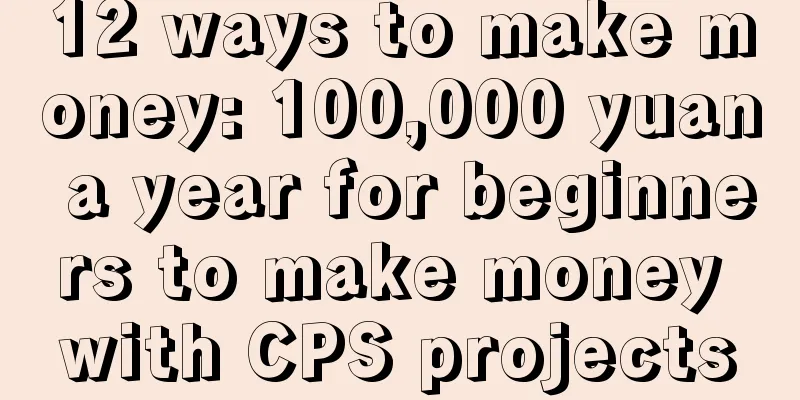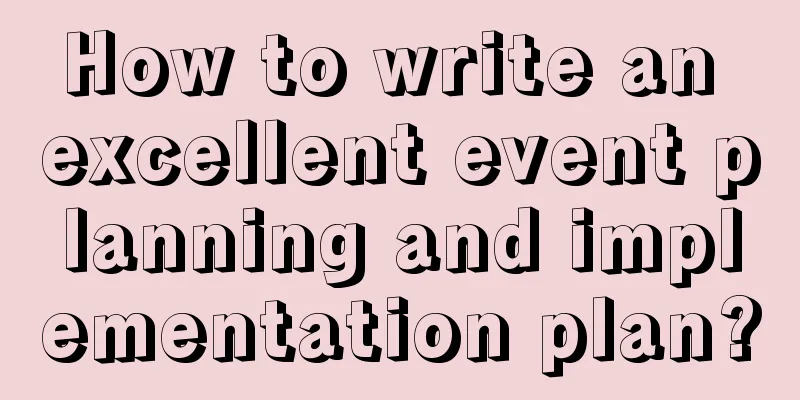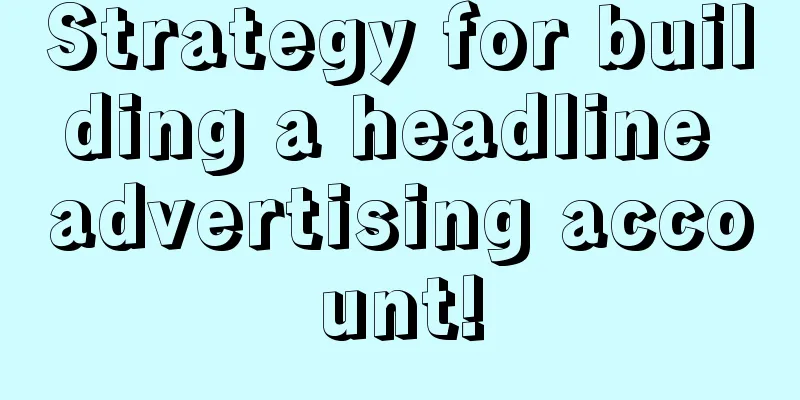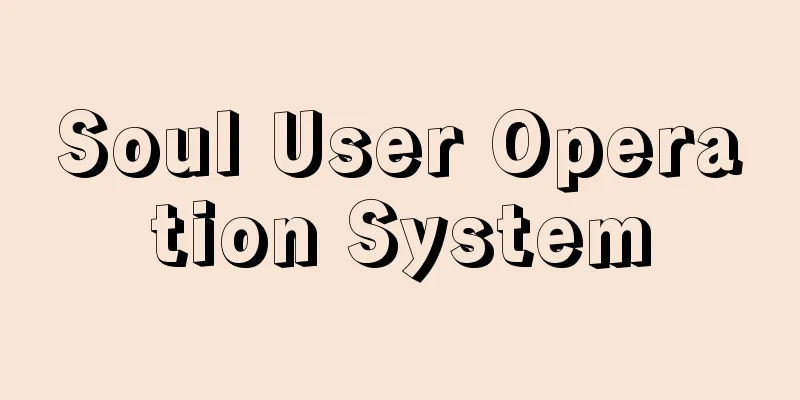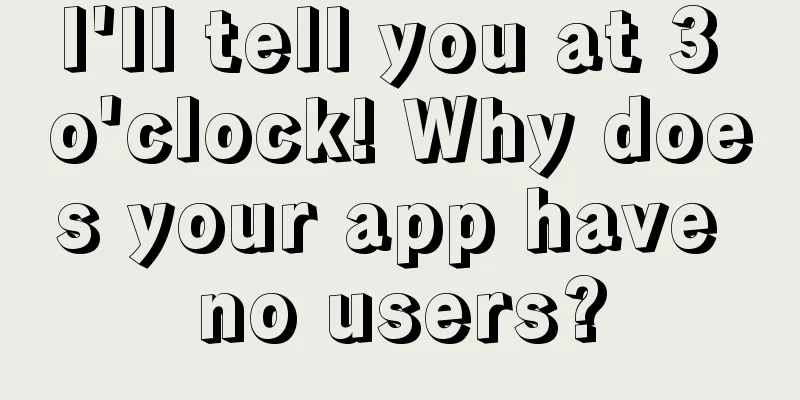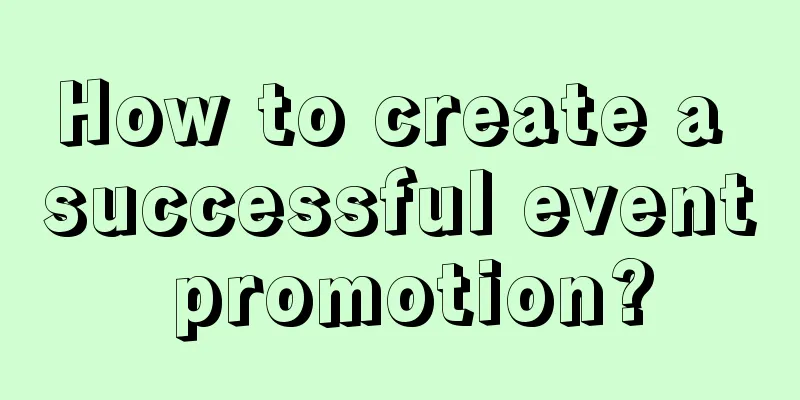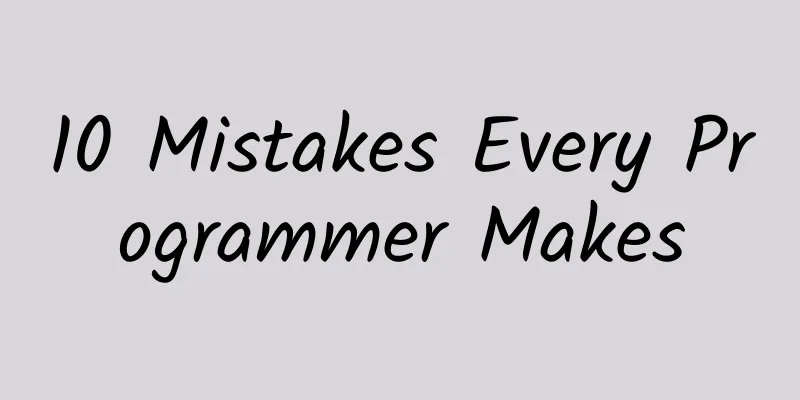What are some confusing design rules in iOS?
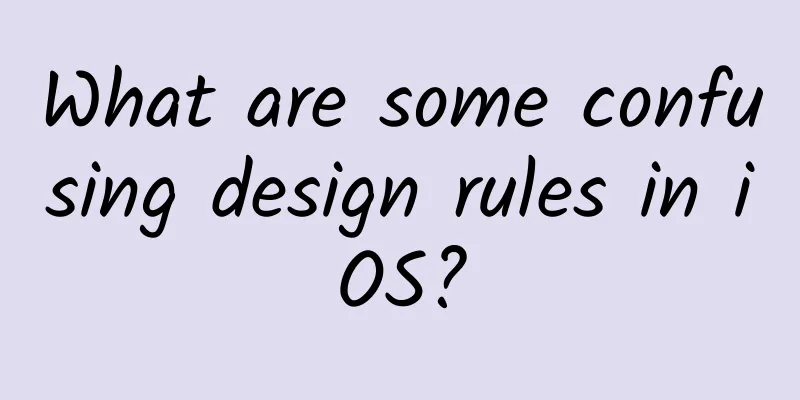
|
Although iOS's experience design is generally recognized to be good, most designers not only use iPhone themselves, but also use iPhone as a template for mobile design. But after working in app design for so long, I found that some of iOS’ design specifications are not that easy to use. First of all, although the iPhone is of good quality, its high price directly limits the number of people who buy it. If the population coverage rate cannot be increased, user habits will certainly not be cultivated. Therefore, some interactive forms unique to iOS cannot be spread as widely as those on Android phones. If you abandon Android users in order to cater to iPhone users when designing a product, it is equivalent to abandoning more than 90% of users, which is impossible. PS Unless your boss only recognizes iPhones… Another thing is that many of iOS’ design specifications are confusing. Not only are the design documents general, but the native interfaces themselves are not unified. As a result, even if designers want to follow iOS specifications, they don’t know what to do and end up chasing after nothing. Take another look at the design specifications of Material Design next door. They are really amazing. They have everything you need, and even the dimensions are clearly marked... Before I knew it, I was using the iPhone prototype to build Android products. Today I want to list a few iOS design specifications that are difficult to use even though I have been designing apps with iPhone-sized interfaces for a long time. Title bar text buttonWhether it is Material Design or iOS, it has become a common practice to put buttons in the upper right corner of the title bar. But the difference is that Material Design advocates the use of pure icon buttons, while iOS prefers to use text buttons. Compared to text buttons, icon buttons are definitely better looking, so in fact most apps often learn from Material Design and use icon buttons. After comparing various combinations, I found that both icons and text are acceptable, but don't mix images and text. And you can only put one text button. Putting two would be too crowded, after all, the number of words in the title is uncertain. But who can guarantee that a page will only need one button forever and won't increase? So in the end, the design specifications unknowingly abandoned the text button... Well, Material Design’s specifications are simple. Look how convenient it is: Slide-out menuI remember that this design was quite amazing when it first came out. But now it seems to be quite tasteless... While it can hide the menu elegantly, it is quite limited:
Moreover, a large number of users have not formed the habit of operating the function at all, and they may not be able to discover the interaction after it is added. Icon sizeiOS design sizing has always been difficult to understand, especially icons. Most design specifications, such as Material Design, generally fix icons in a square box and then draw the icon inside. But iOS has its own way of calculating the size of icons based on the actual space occupied by the graphics. And for the sake of visual balance, it clearly stipulates the sizes of icons of different shapes. Not only that, when placing icons on the interface, they are actually divided into regular and compact sizes. Add to that the triple and double screens, and it turns out that a mere Tab Bar can come in so many different sizes! So what is this Tab Bar? That’s right, it’s the very simple bottom navigation below. If you don’t believe it, you can go to the official website: https://developer.apple.com/design/human-interface-guidelines/ios/bars/tab-bars/ Seeing this size specification makes me feel terrible... Can anyone really design according to this specification? My observation is that most designers, whether at home or abroad, don’t care about the weird sizes of iOS and almost all use one unified frame size. SummarizeThe above are some experiences I have summed up through personal and team work. I wonder if they are the same as yours? If you have different opinions, welcome to discuss~ Whether you are a graduate or changing jobs, you need to practice more to prepare a good portfolio. The "Experience Design Learning Club" has planned a full year plan, providing members with a complete project training camp and various reading check-ins, and there are also several senior interaction/visual designer guests from major companies to help. |
Recommend
Analysis of mobile advertising in the skin care and beauty industry in Q1 2019
The first quarter of 2019 has passed. So what are...
Use CocoaPods to print and receive messages for WeChat integrated SDK
Recommendation This article introduces a set of r...
Android performance optimization: battery life
Google recently released an online course on Andr...
WeChat "Group Administrator" function is launched. What new community gameplay are there?
WeChat has been online for seven years, but WeCha...
BAT all want to make mobile phones, but I still choose Apple
Tencent's own ROM system has gone from being ...
Xiaohongshu promotion strategy: Xiaohongshu live broadcast internal testing!
According to Xiaohongshu influencers, Xiaohongshu...
Google Play opens developer team in China
[[132708]] Chris Yerga, vice president of enginee...
Information flow advertising landing page planning methodology!
The 7 creative rules for information flow adverti...
Teach you how to block the public account screen, ordinary people can also quickly earn tens of thousands of yuan a month
Teach you how to block the public account screen,...
JD.com e-commerce operation traffic logic
1. Top-level structure of traffic logic 1. Accura...
The ticket to marketing master: user thinking
What is user thinking? User thinking is to think ...
Summary of 2 aspects: The right way to open user growth
The essence of user growth is to conduct precise ...
Serious violations will result in permanent suspension of accounts. WeChat: Further strengthen platform ecological governance
The WeChat team issued an announcement stating th...
How to improve the high-level sense of UI design? Let’s see the in-depth analysis of experts!
Perfection is not because there is nothing to add...
How to better cultivate users' ability and habits to pay?
Today we are going to talk about a common and rel...
